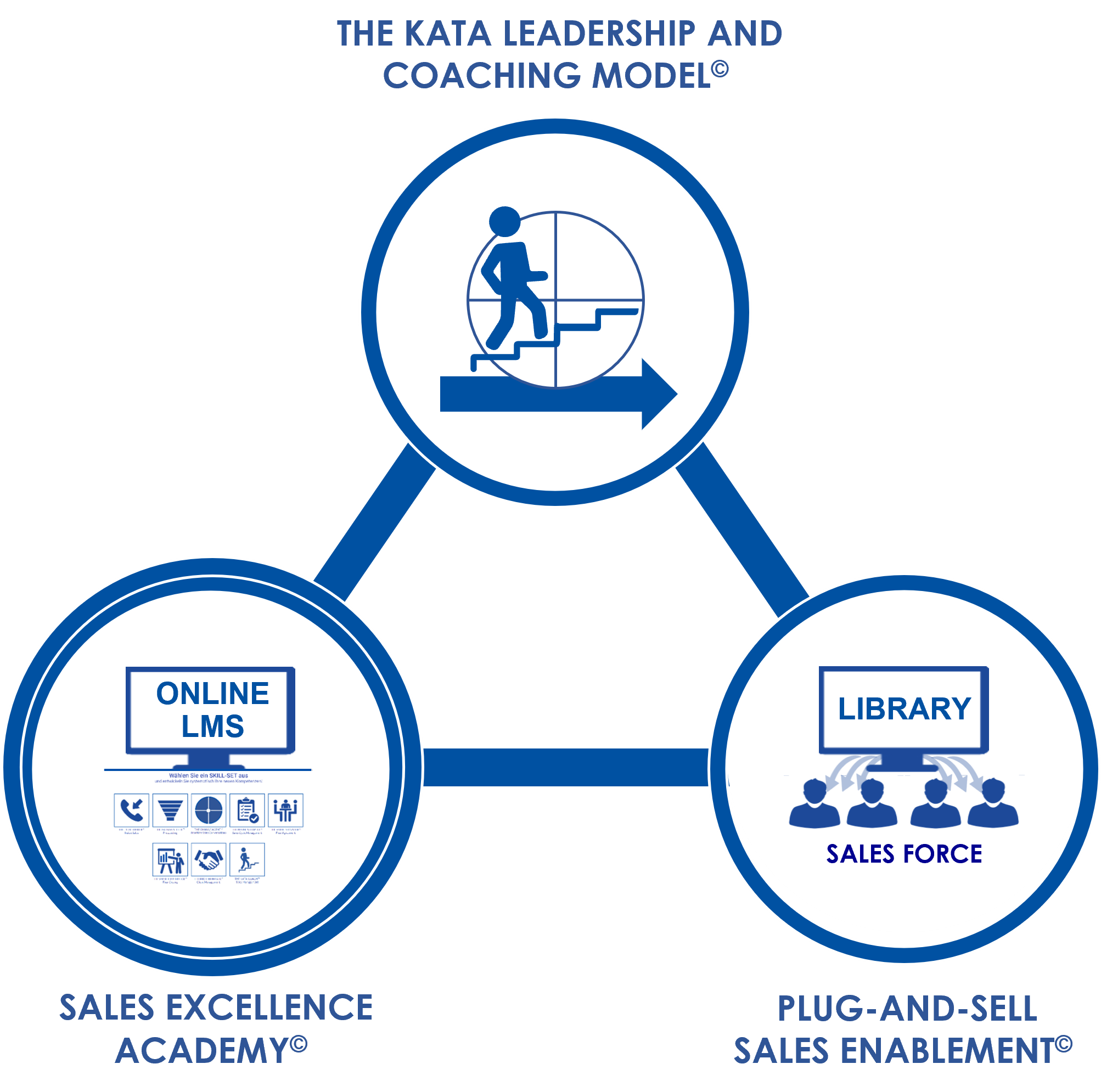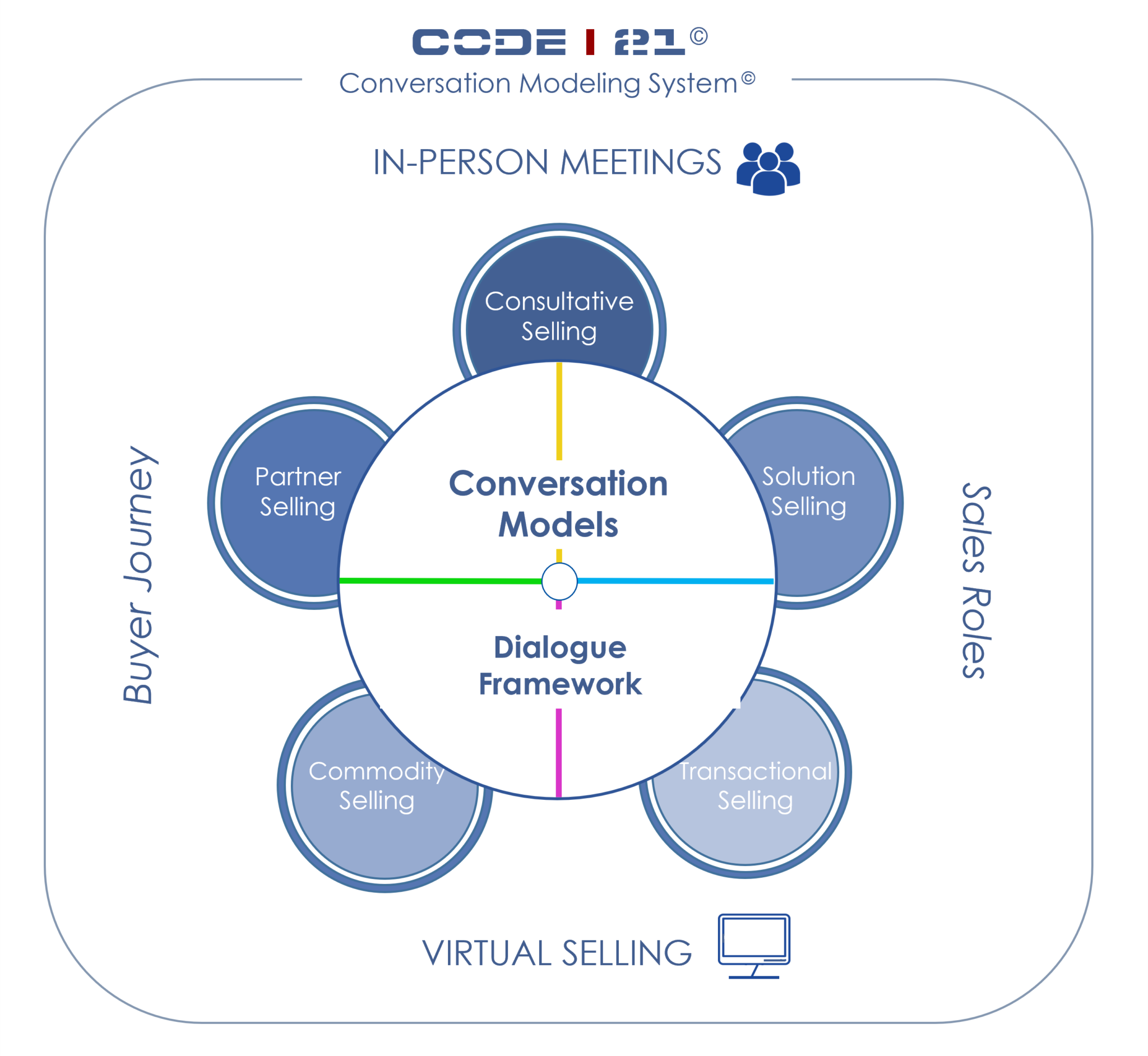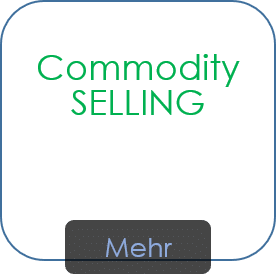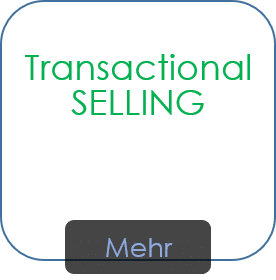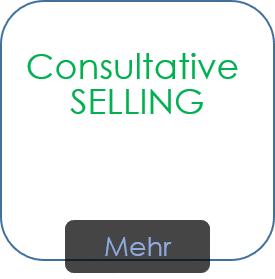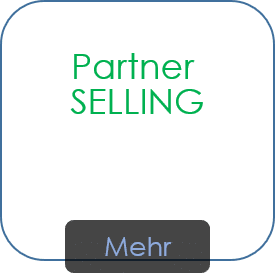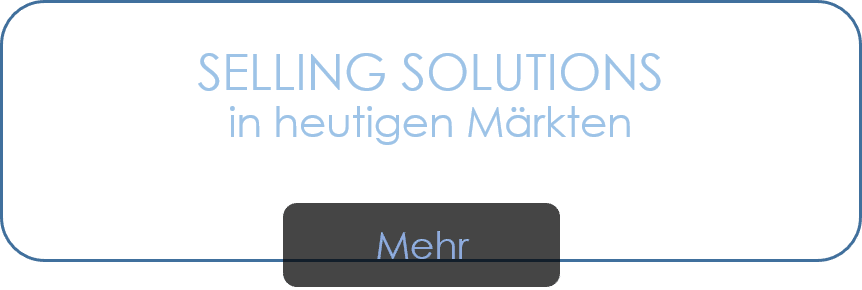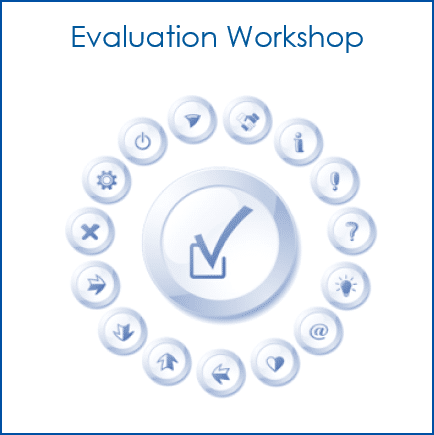

_________________________________________________________________________________________
THE FUTURE OF SALES CONVERSATIONS
Sales & Conversation Trainings
Erfolgreich Verkaufen in einer vom Käufer dominierten digitalisierten Welt
Neue Gesprächskonzepte mit Tools und Formaten ausgerichtet auf den modernen Buyer 4.0 und dessen neuen Mindset. Konzipiert auf Grundlage der veränderten Handlungs- und Entscheidungsschemata von heutigen Entscheidern und entworfen für dynamischen Salesprozesse entlang von modernen, hybriden Buyer Journeys.
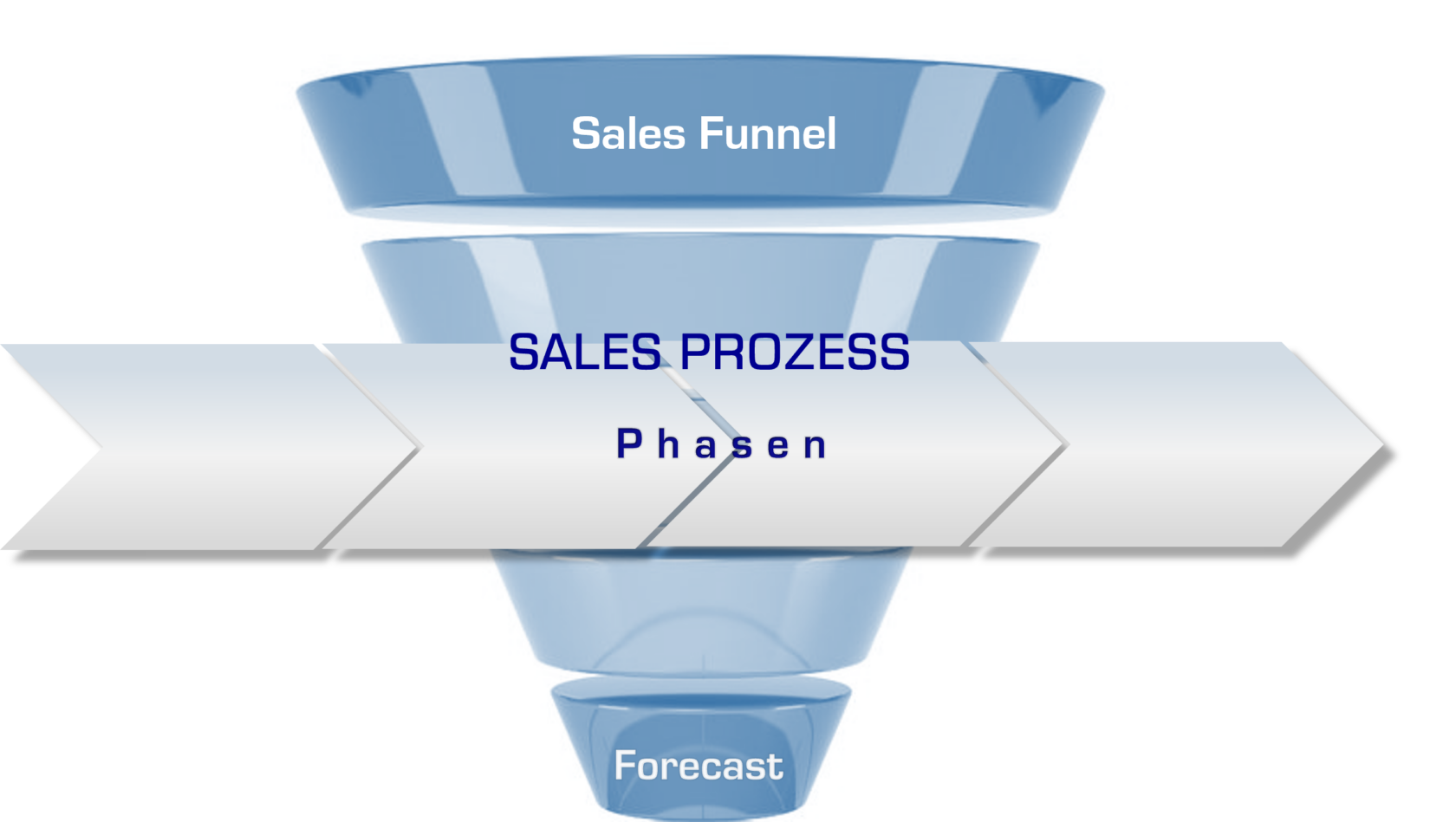
Verkäufer erreichen mit ihren typischen Gesprächs- und Präsentationsformaten das MINDSET des modernen Entscheiders nicht mehr. Sie liefern nicht das, was Entscheider und Einkäufer heute erwarten. Sie verlieren dadurch an Attraktivität und limitieren ihre Performance. Die Potenziale des Unternehmens werden nicht ausgeschöpft und Chancen bleiben ungenutzt.
Eine TRANSFORMATION auf die neuen Marktparadigmen und das digitalisierte Marktumfeld ist unabdingbar, um gut für die Zukunft aufgestellt zu sein.
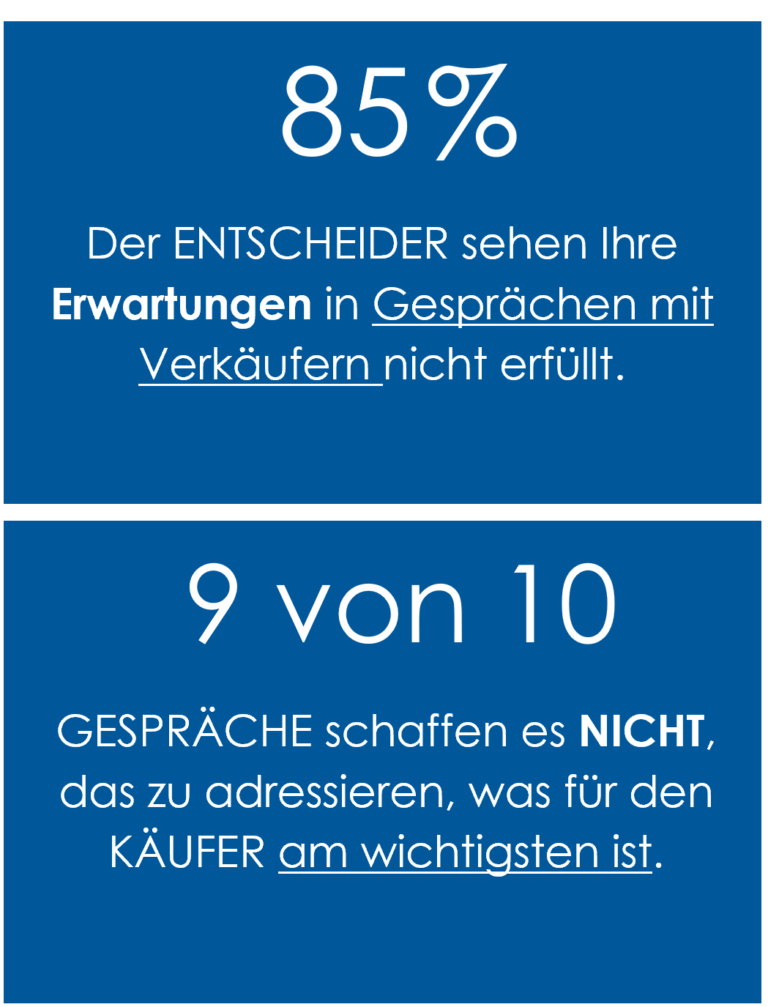
The Future of Sales Conversations

T
CUSTOMER CONVERSATION

[Scott Santucci, Analyst at Forrester Research]
New World. New Approach.
Im Gegensatz zu den tradierten Verkaufsmethoden stellen neue, auf das 21. Jahrhundert ausgerichtete, SALES-SYSTEME die Customer Conversation mit neuen Dialogmodellen, neuen Tools und neuen Kommunikationsformaten als übergeordnetes Führungsinstrument in den Mittelpunkt moderner Verkäuferrollen.
In Zeiten von digitaler Informationsfülle sind traditionelle Produktanpreisungen nicht länger effektiv und zielführend. Produktverkäufer tun sich deshalb schwer, mit den herkömmlichen Argumentationen und Gesprächsmethoden Präferenzen für sich und ihren Anbieter zu schaffen.
Nach CSO Insights befinden sich jedoch noch über 70% der Verkäufer im klassischen „Product Selling Mode“ und nur 10% beherrschen Value Selling Skills.
T
New Buyer. New Mindset.
Der Entscheider von heute denkt, handelt und entscheidet anders. Er folgt neuen Gesetzmäßigkeiten und sitzt in aller Regel im Driving Seat. Die Buying Journey ist das dominierende Element im Sales-Cycle und er hat die Power zu entscheiden, ob, wann oder wie Verkäufer in den Evaluierungsprozess einbezogen werden.
Er präferiert Gesprächsführungskompetenzen, die es verstehen, ökonomische Impacts und finanzielle Benefits in den Mittelpunkt der Gespräche zu rücken und legt Wert auf BUSINESS TALKS, die ihm neue Perspektiven und Optionen aufzuzeigen, wie er und das Unternehmen von neuen Performance-Effekten profitieren. Seine Agenda und für ihn relevante Themen mit maßgeschneiderte
Daten und Analysen stehen für ihn im Fokus.
FROM PRODUCT TO VALUE ist die Maxime. Denn 90% der Entscheider führen keine Veränderung durch, wenn sie keinen finanziellen Vorteil erkennen.
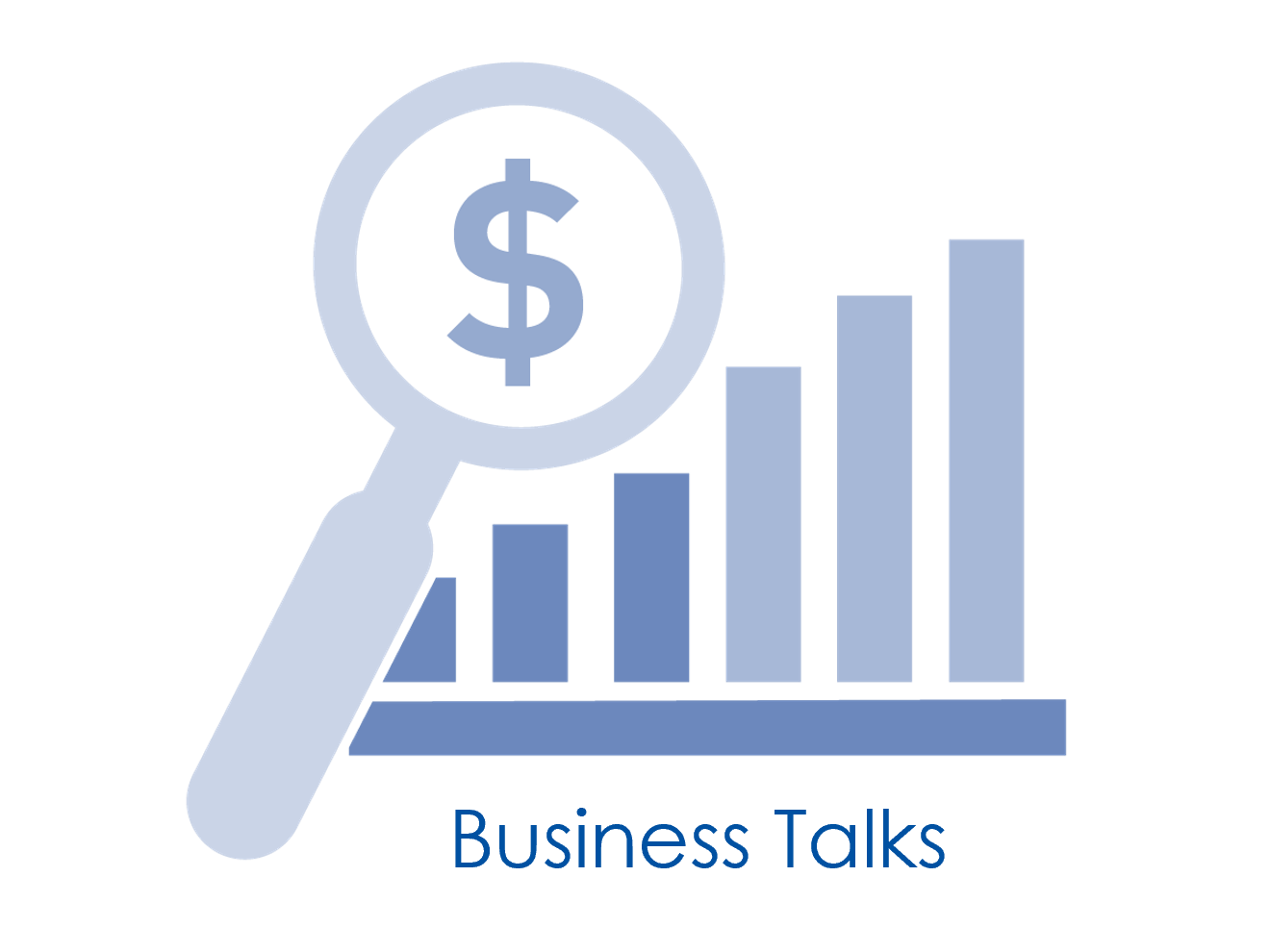
T
New Skills. New Style.
Mit dem neu konzipierten GESPRÄCH-MODELLIERUNGSSYSTEM © statten Manager ihre Sales-Teams mit einem universellen Instrument aus, um in Abhängigkeit vom jeweiligen Sales-Szenario, ihrer spezifischen Verkäuferrolle und dem firmenspezifischen Sales-Modell sowie dem jeweiligen Kaufstatus des Buyers in seiner individuellen Buyer Journey kundenspezifische Gesprächskonzepte zu modellieren, um das neue Mindset und die Erwartungshaltung des Buyer 4.0 exakt zu adressieren.
Es ist ein 4-Sektoren Gesprächsmodell, das präzise dem neuen Handlungs- und Entscheidungsschema des modernen Entscheiders folgt. Vier mentale Entscheidungs-schritte, vier Gesprächssegmente. Mit dem jeweiligen Storyboard in Verbindung mit den Gespräch-Tools aus dem Dialog-Framework gelingt es, jedes Szenario akkurat zu konzipieren. CODE I 21 bietet standardmäßig vier Gesprächsmodelle:
- Das kybernetische DIAGNOSEGESPRÄCH für Sondierungsgespräche
- Das beratungsorientierte INNOVATIONSGESPRÄCH für echte oder vermeintliche Innovationen und für Produkte in Commodity geprägten Märkten
- Das Management-STRATEGIEGESPRÄCH auf Executive Level und im Key Account
- Das Wettbewerbsgespräch, wenn bereits Kontakte bestehen und durch Dritte oder externe Berater eine Buying Vision existiert, die umzugestalten gilt.
T
New Transition. New Procedures.
The KATA Leadership & Transition Framework
Die tatsächliche Anwendung der neuen Tools und Techniken in der Praxis ist wesentlich, um eine wirkliche Performance-Steigerung zu erzielen. Nach Experten-Meinung stellen die Sales-Trainings bestenfalls 30% des Gesamterfolges der Transformation dar. Der nachgelagerte Implementierungsprozess ist deshalb die wirkliche Herausforderung im Change-Prozess.
Hierfür haben wir ein integriertes LEADERSHIP- UND TRANSITION FRAMEWORK entwickelt. Es besteht aus drei Komponenten, denen das KATA-Modell von Toyota zugrunde liegt:
-
Ein LEADERSHIP- UND COACHING-MODELL
-
Eine DIGITALE LERN-PLATTFORM
- Eine SALES-ENABLEMENT-STRATEGIE
Das Framework befähigt das Management, eine schnelle und nachhaltige TRANSITION der neuen Skills und Konzepte ins Tagesgeschäft zu organisieren, um dauerhaft Performance-Effekte zu erzielen und am Markt spürbar Resonanz zu erzeugen.
CODE | 21
Change Management
